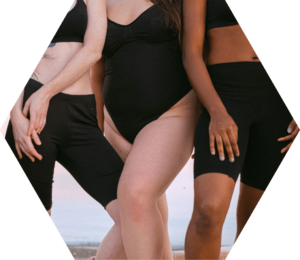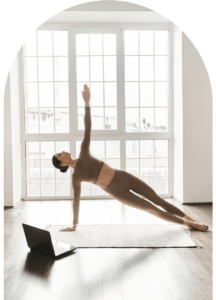Four Types of Yoga Mats for Every Practice
Having the right yoga mat for your practice might not be something you have in mind in the beginning of your yoga journey but it’s one of the most important aspects when it comes to having comfortable and enjoyable moments in your yoga poses and flows.
There are different textures, styles, thicknesses and sizes which you can choose from. The texture and thickness place the most important aspect which we want to open up to you. Here is everything you need to know before you hit purchase on your next mat:
Different types of yoga mats
- Plastic elastomer mat = PVC. PVC mats are made out of PVC plastic and are comfortable, durable and at great price point. However, PVC mats aren’t the most eco-friendly choice, but still they are one of the most common mats out there. There are tons of styles for PVC mats including many non-slip options.
- Thermoplastic elastomer = TPE. These types of mats are made out of synthetic material with no specific source. They can be made out of plastic, rubber, a mixture of them or something else. TPE mats are slightly better for the environment and are at a great price point. As well as PVC mats, most TPE mats are made to be non-slippery.
- Natural tree rubber and cork. These mats have become highly popular and are one of the most ecological options out there. Natural rubber mat has a good grip, meaning you don’t need to worry about having slippery hands and feet. These mats are naturally water resistant and need minimal upkeep.
- Jute. Jute mats are made of a strong and hard substance that is taken from the stem of jute plants. It gives the yoga mat a strong texture and they are eco-friendly to produce. Jute mats are a great choice if you are looking to get advanced in yoga.
Which mat should you choose for your practice?
There are many different styles of yoga and when you start diving deep into one of the styles, you also need to think about the type of the yoga mat you need to have for the best experiences and progress.
Yin and Restorative practices:
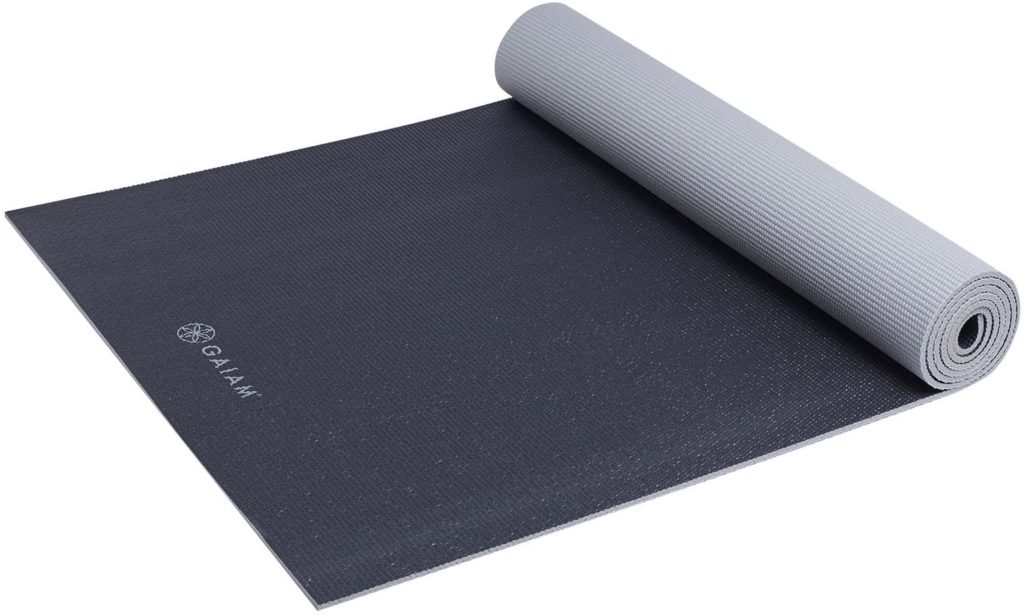
For these styles you should favor a thicker, around 4-5mm mat. This gives you the comfort you need while holding your poses like this Gaiam Athletic PVC 5mm wide mat.
Hot-yoga practises and hatha yoga:
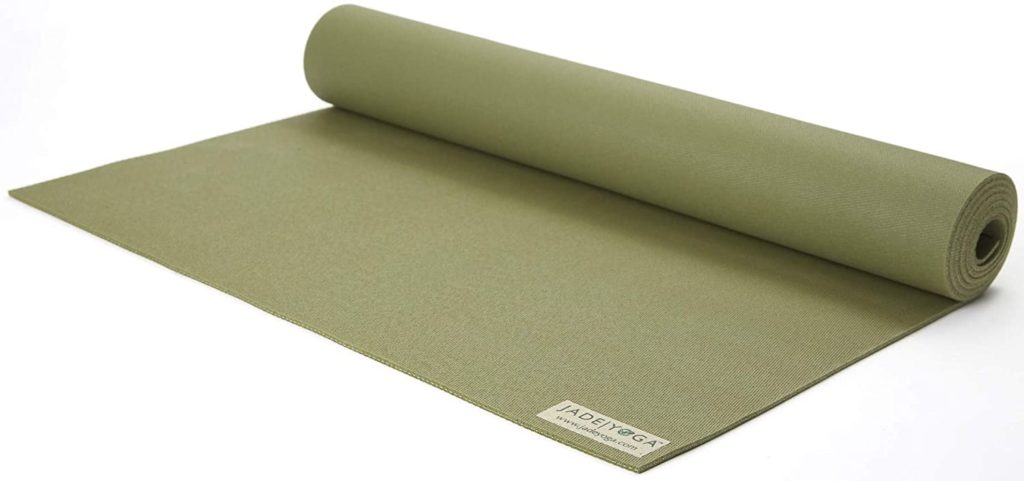
For these styles you should have non-slip properties in mind. You don’t want to have slippery hands and feet when you start to get sweaty. Natural tree rubber and cork are one of the best choices for your non-slippery practices. These natural sources will keep your mat in a good condition while you have the most enjoyable moments. For example this JADE Yoga natural rubber mat or this IUGA biodegradable tree rubber mat.
Flow Yoga & Vinyasa:
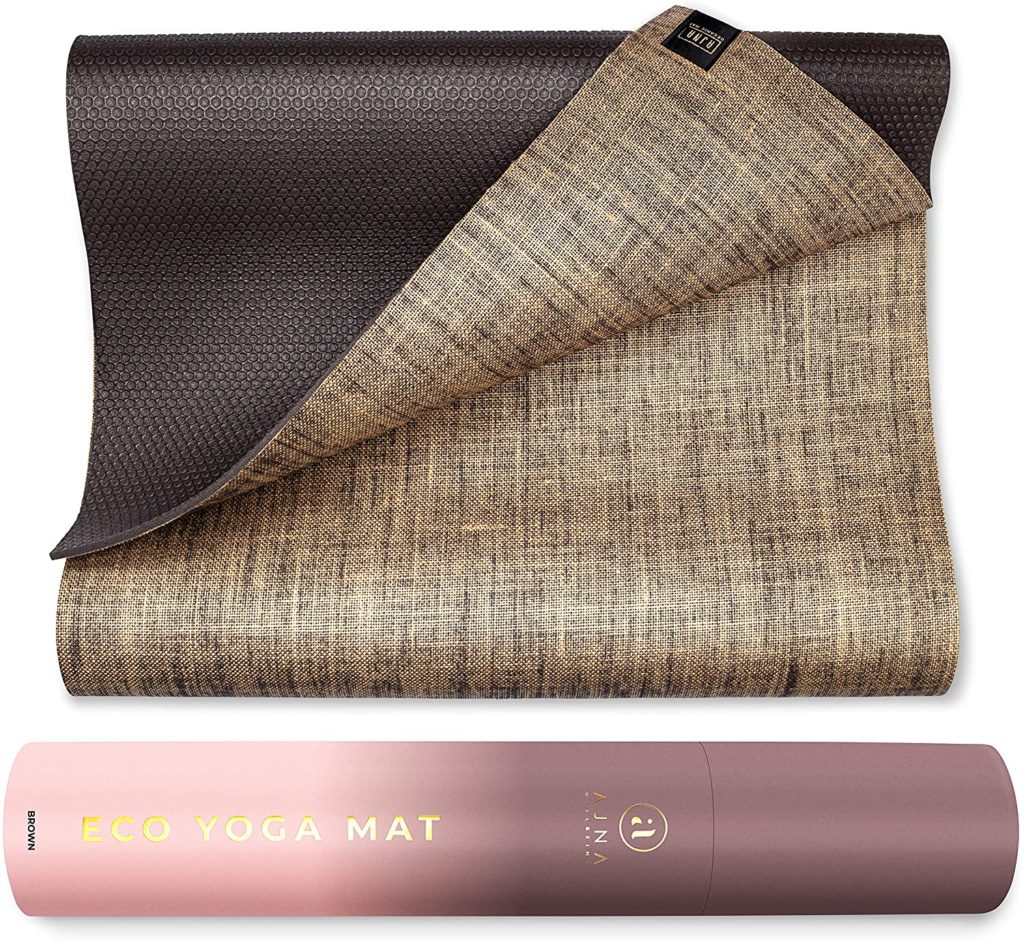
Ajna Organic Yoga Mat – $49.99
For Flow yoga and Vinyasa practices you’ll want to have a thicker mat that also gives you the benefit of non-slip texture. When doing your flow sets you want to have a surface which gives your joints support and doesn’t make you slip when the sweat starts pouring. Try this Ajna organic jute mat for the best practices.
Ashtanga yoga
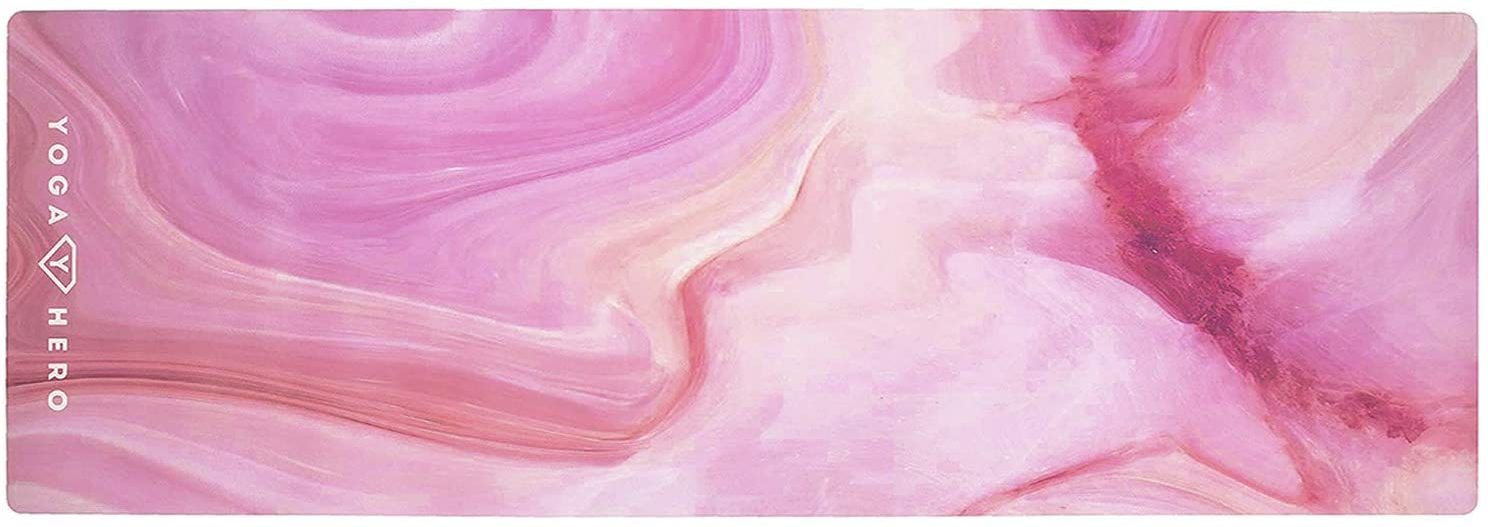
Ashtanga yoga is one of the most demanding yoga styles out there. For this you will need a very durable mat. Ashtanga yoga is physically demanding and often wears out your mat quicker than other practices. To have comfort during your practice you should also consider a thicker mat to save your joints. This Yoga Hero 2-in-1 mat + towel is a great option for your practices.
Whichever mat you choose and wherever your yoga journey takes you, remember to focus on progress over perfection and enjoy every moment!
Keep Reading
Sign-up for The Block
We solemnly do swear to absolutely never spam you but to only give you content that you'll really love.

